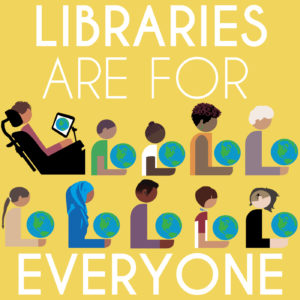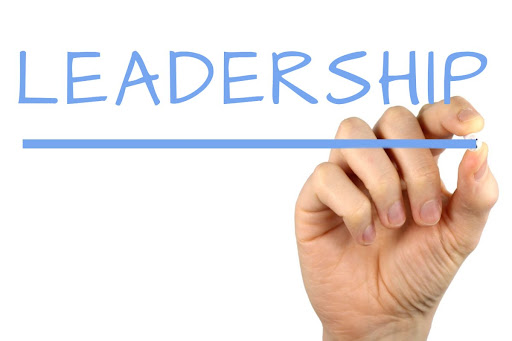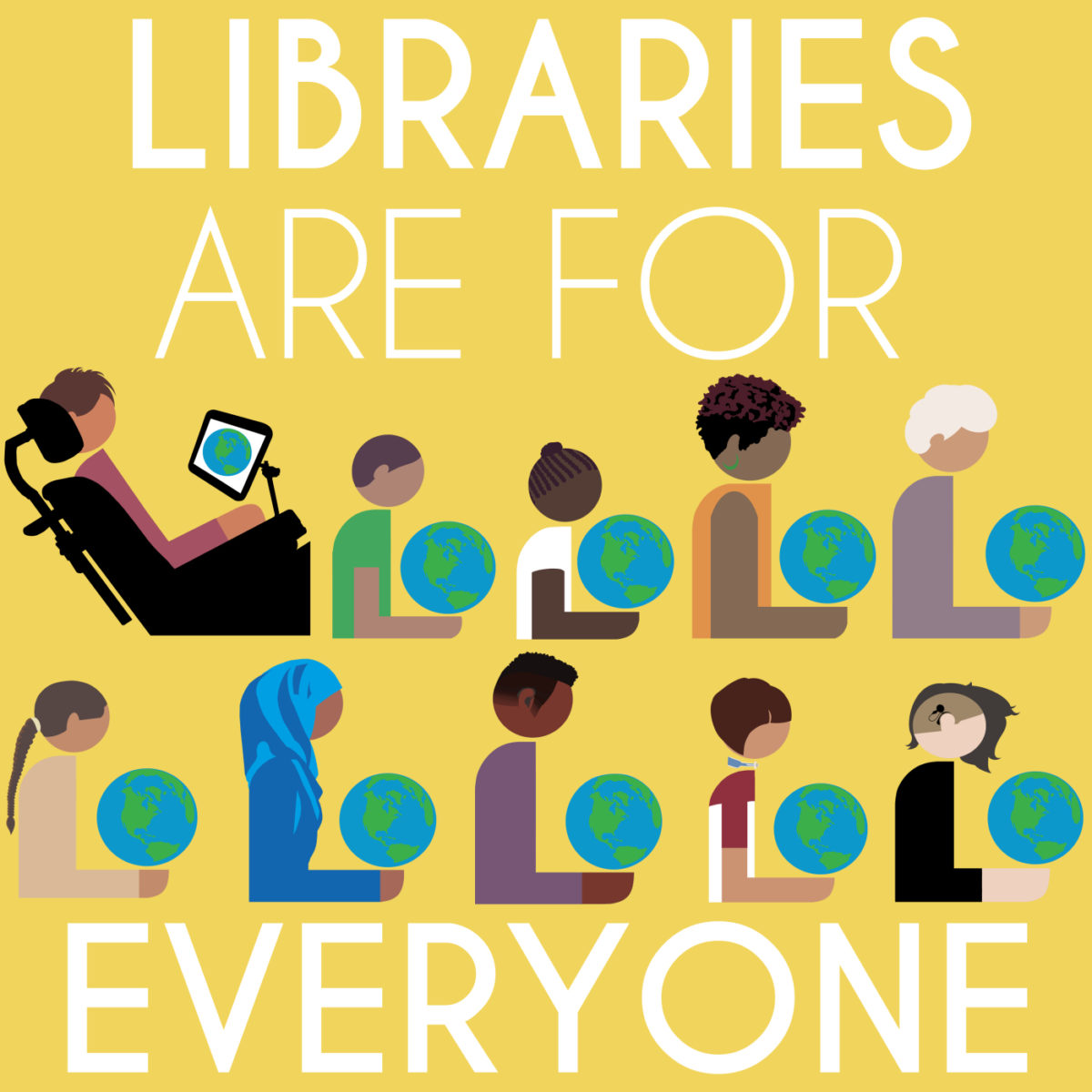
When interviewing for a library job, asking insightful questions can demonstrate your interest in the role and help you gain a better understanding of the organization’s culture, expectations, and opportunities for growth. Here are three key questions to consider asking during your library job interview:
- What initiatives is the library currently undertaking to engage the community and promote literacy?
Libraries play a vital role in fostering community engagement and promoting literacy. By asking about the library’s current initiatives in these areas, you can gain insight into its commitment to serving the community. You can also determine their overriding educational and political goals. Pay attention to the interviewer’s response—are they enthusiastic about the library’s outreach efforts, or do they seem uncertain? Their answer can provide valuable information about the library’s priorities. It also signals how you can contribute to its mission (or not.)
- How does the library support professional development and continuing education for its staff?
Professional development is essential for staying current in the library field and advancing your career. By asking about opportunities for professional development and continuing education, you can demonstrate your commitment to growth and learning.
Listen for information about training programs, conferences, workshops, and other resources available to staff. Additionally, ask about mentorship opportunities and career advancement paths within the library. Understanding how the library supports staff development can help you assess whether it aligns with your own career goals and aspirations.
- What is the library’s approach to incorporating technology and digital resources into its services?
In today’s digital age, libraries are increasingly embracing technology and digital resources to enhance their services and meet the needs of patrons. By asking about the library’s approach to technology, you can gain insight into its readiness to adapt to changing trends and innovations in the field. You also will be able to detect funding issues that might arise. Budgets have always been an issue in every library I’ve every worked in.
Pay attention to how the interviewer discusses the library’s use of technology—are they proactive about integrating digital resources, or do they seem hesitant? Their answer can provide valuable information about the library’s vision for the future and how you can contribute to its technological initiatives.
Asking thoughtful questions during your library job interview can help you gain valuable insight into the organization’s culture, opportunities for professional development, and approach to technology. By demonstrating your interest and engagement, you can leave a positive impression on your interviewer. You can also make an informed decision about whether the library is the right fit for you too.





